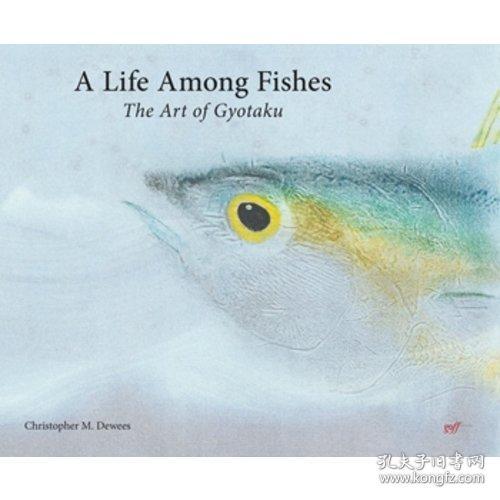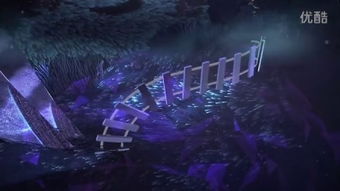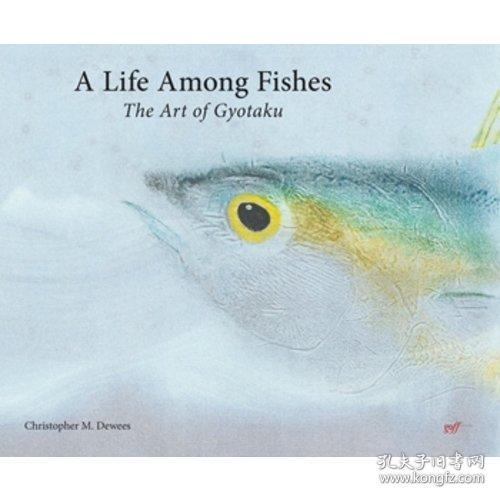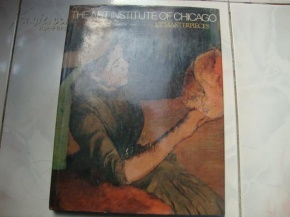Introduction:
Drift fishing with small rods is an art form that combines precision, patience, and a deep understanding of water currents. Whether you're targeting trout in a crystal-clear stream or saltwater species in the ocean, mastering the technique of drift fishing with small rods can significantly enhance your angling experience. In this article, we will delve into the essentials of how to甩小筏竿钓鱼技巧, offering practical advice and tips to help you become a proficient drift fisherman.
Understanding Drift Fishing:
Before we dive into the techniques, it's important to understand what drift fishing is. Drift fishing involves allowing your lure or bait to be carried by the current of a river, stream, or ocean. The key to success lies in understanding the flow of the water and how to manipulate your equipment to present your offering in the most effective manner.
Choosing the Right Equipment:
Rod Selection:
- Opt for a lightweight, flexible rod designed specifically for drift fishing. A rod with a fast-action tip is ideal as it helps to quickly set the hook and fight fish.
- The length of the rod should be between 6 to 8 feet, allowing you to cast effectively and control your lure or bait.
Reel:
- A lightweight, high-quality reel with a smooth drag system is essential. Spinning reels are commonly used for drift fishing, as they allow for easy casting and retrieving.
- Ensure the reel has enough line capacity to handle the conditions you'll be fishing in.
Line:
- Use a monofilament line with a breaking strength of 4 to 6 pounds. The lighter the line, the more sensitive it will be to detect bites.
- Fluorocarbon line is a popular choice due to its low visibility in water, which can be advantageous when fishing in clear waters.
Leaders:
- Attach a leader of 6 to 12 inches to your main line. The leader should be slightly lighter than your main line to prevent it from getting tangled.
- Use a leader material that matches the water conditions, with fluorocarbon being a versatile option.
Techniques for Drift Fishing with Small Rods:
Cast and Let Go:
- Begin by casting your lure or bait upstream of your intended drift path.
- Once the lure reaches the end of your cast, let it drift with the current. Avoid reeling in immediately, as this can disrupt the natural drift.
Adjusting Your Position:
- Position yourself in a way that allows you to follow the path of your drift. This may mean staying in one spot or moving with the current.
- Be mindful of any obstacles in the water that could affect your drift, such as rocks or fallen trees.
Using a Weighted Lure:
Attach a small split shot or a sinker to your line to help keep your lure or bait in the strike zone. The weight should be light enough not to hinder the natural drift but heavy enough to maintain control.
Presenting Your Bait:
Vary the speed of your drift to mimic the natural movement of prey. Faster drifts can attract fish that are feeding actively, while slower drifts may attract more cautious or less aggressive fish.
Reading the Water:
Observe the water flow and identify areas where the current may be slower or more turbulent. These areas can be hotspots for fish as they offer a resting place or an easy meal.

Bite Detection:
- Be patient and pay close attention to the sensitivity of your line. Even the smallest tug or nudge can indicate a bite.
- Practice setting the hook gently but firmly to ensure you don't miss a strike.
Handling Fish:
Once you've detected a bite, handle the fish carefully and efficiently. Use a net if necessary and keep the fish in the water until you're ready to land it.
Conclusion:
Drift fishing with small rods is a rewarding and challenging form of angling that requires a keen sense of observation and precise technique. By following the tips outlined in this article, you'll be well on your way to mastering the art of drift fishing. Remember, practice is key, so don't be afraid to experiment with different techniques and baits to find what works best for you. Happy fishing!












